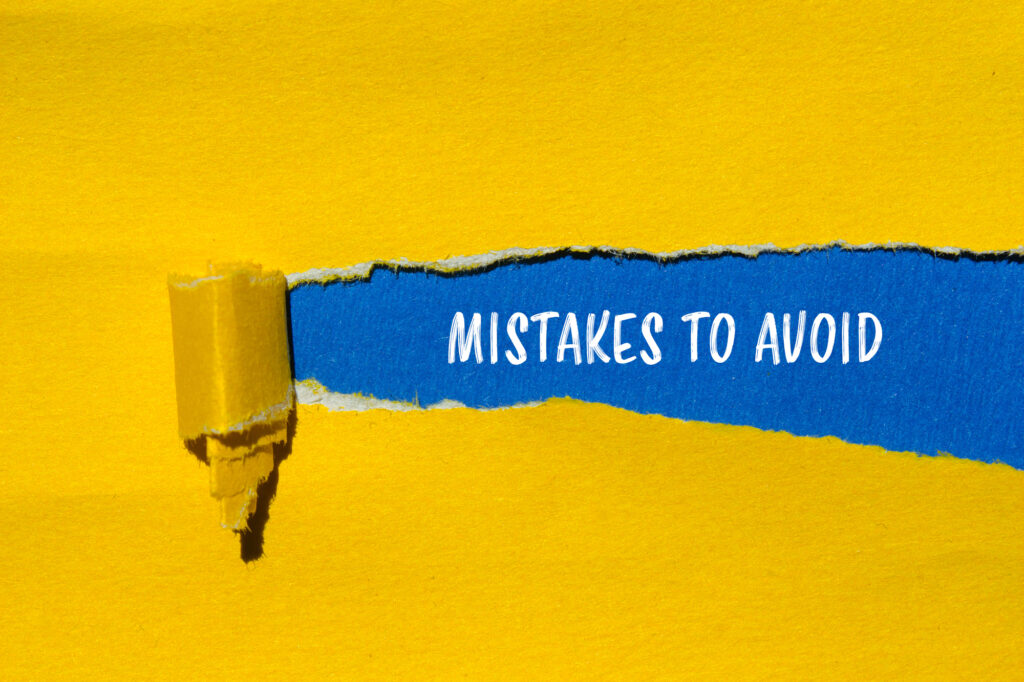
By someone who’s seen the fine print—and lived to tell the tale.
Reverse mortgages promise the financial equivalent of a free lunch: stay in your home, never make another mortgage payment, and enjoy tax-free cash in retirement. What’s not to like?
Plenty.
Because while reverse mortgages sound like a silver bullet for cash-strapped retirees, they can just as easily become financial landmines buried under piles of paperwork and polite reassurances.
Let’s dig into the truth. No sales pitch. No glossy brochure vibes. Just the hard realities—and how to dodge them like a pro.
The Seduction of “No Payments”
Reverse mortgages sell a dream. You tap into your home’s equity, and instead of sending checks to the bank, the bank sends you money. Monthly payouts, a lump sum, or a line of credit. You keep living in your home. No mortgage payments due. Ever.
Sounds like your house is finally working for you.
Until it doesn’t.
Because here’s the part that doesn’t make it into the TV ads with smiling grandparents on the porch:
- You still have to pay property taxes, homeowners insurance, and upkeep.
Miss those, and you could trigger foreclosure faster than you can say “late notice.” - Interest piles up like dirty laundry.
Every dollar you borrow accrues interest. And that interest accrues interest. Reverse mortgages are compound interest machines—but pointed in the wrong direction. - You’re eating your legacy.
The more you borrow, the less equity is left for your heirs. Or yourself, if you ever decide to sell and downsize.
Pitfall #1: Not Understanding the True Costs
Reverse mortgages are like that “free” cruise—lots of perks upfront, but beware the fine print.
Typical fees include:
- Loan origination fees (capped, but still hefty)
- Closing costs
- Mortgage insurance premiums (because Uncle Sam doesn’t trust this loan either)
- Ongoing servicing fees
That “free” cash could easily come with $10,000–$15,000 in setup costs. And since they’re usually rolled into the loan balance, most borrowers never see the bill—they just owe it.
Avoid it: Always ask for a Total Annual Loan Cost (TALC) disclosure. If the lender fumbles that, walk away.
Pitfall #2: Falling for the Scam Artists
Where there’s confusion and complexity, con artists bloom like mold on old bread.
Reverse mortgage scams are legendary:
- Contractors pitch a “free” roof if you sign their cousin’s reverse mortgage.
- High-pressure seminars target retirees at community centers.
- “Financial planners” (and I use that term loosely) convince you to invest your loan proceeds—conveniently, in something they happen to sell.
Avoid it:
- Never take financial advice from someone selling you the loan.
- Don’t attend any event that offers a free lunch and a reverse mortgage pitch. Trust me, the turkey sandwich isn’t worth it.
- And if anyone says “This is government-approved,” just nod politely and leave. Fast.
Pitfall #3: Not Realizing What Happens When You Die (Or Move Out)
A reverse mortgage ends when the last borrower (or non-borrowing spouse) dies, moves out, or enters long-term care for 12 months or more. At that point, the loan comes due—in full.
Your heirs will have to:
- Repay the balance (with interest)
- Or sell the home
- Or possibly lose it if no action is taken within the required timeframe
If your kids were planning to inherit the family home—surprise!—they may be inheriting a 90-day deadline instead.
Avoid it:
- Make sure your heirs know exactly what’s in place.
- Keep updated contact information with the lender.
- Better yet, talk with a real estate attorney before signing anything.
Pitfall #4: Choosing the Wrong Loan Type
Reverse mortgages aren’t one-size-fits-all. There are three main types:
- Home Equity Conversion Mortgage (HECM) – The only one insured by the FHA and (usually) the safest.
- Proprietary reverse mortgages – Private-label loans for high-value homes, with fewer rules—and more risk.
- Single-purpose reverse mortgages – Offered by nonprofits or state agencies, often for repairs or taxes.
Avoid it:
Stick with the HECM unless you have a jumbo property or a compelling reason otherwise. It’s the most regulated and comes with consumer protections.
Pitfall #5: Thinking It’s a “Last Resort”
This might sound counterintuitive, but one of the best uses of a reverse mortgage isn’t waiting until you’re broke.
Used correctly, a reverse mortgage line of credit can preserve wealth by:
- Reducing portfolio withdrawals in down markets
- Funding long-term care
- Deferring Social Security to boost future benefits
In other words, it’s a strategic tool—not a financial Hail Mary.
Avoid it:
Talk with a certified financial planner before you need the money. Set up the line of credit early—unused funds actually grow over time.
Final Thoughts: Don’t Let a Lifeline Become a Noose
Reverse mortgages aren’t evil. They’re just misunderstood. Like silver, they’ve got a reputation problem—often deserved, occasionally overblown.
But if you walk into one blindfolded, there’s a good chance you’ll trip over something sharp—like regret, or worse, foreclosure.
If you’re considering one, do this:
- Take HUD-approved counseling. It’s mandatory for a reason.
- Talk with your kids or heirs. They’ll be affected.
- Shop around. Rates, fees, and terms vary—widely.
- Read the contract. All of it. Especially the “what happens when…” clauses.
A reverse mortgage can extend your retirement runway—or cut it short. Use it wisely, avoid the sales hype, and stay sharp.
Because regret, like compound interest, tends to pile up quickly.
Disclaimer: This post is for informational purposes only and is not financial advice. Talk with a qualified advisor before making any decisions. Especially the kind that involve your house.